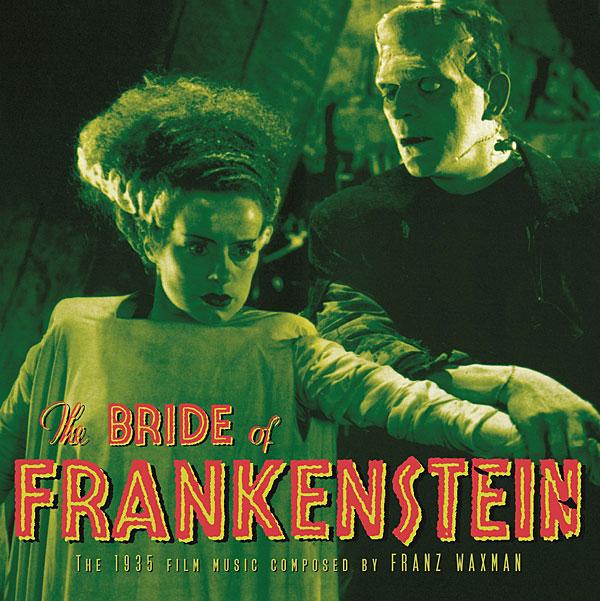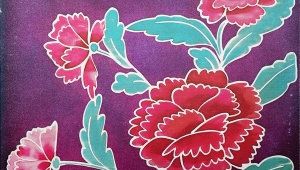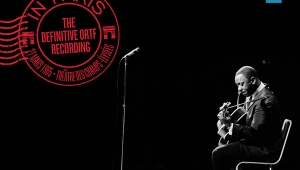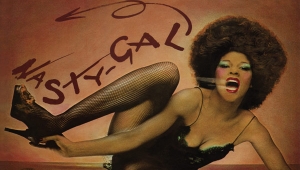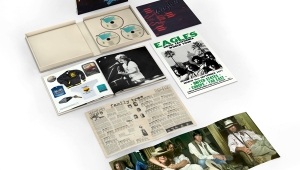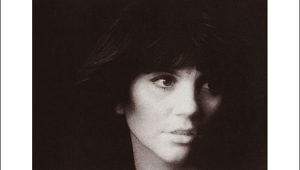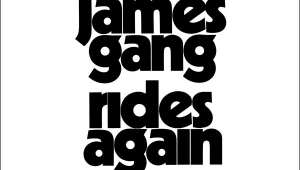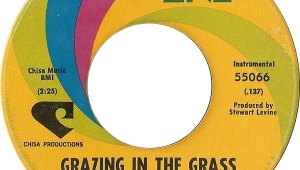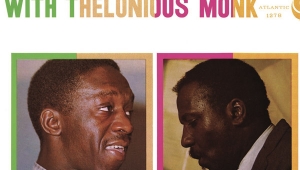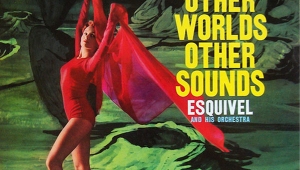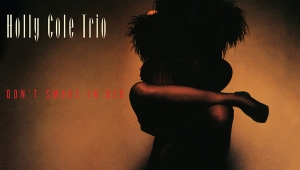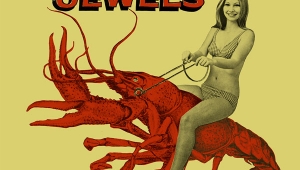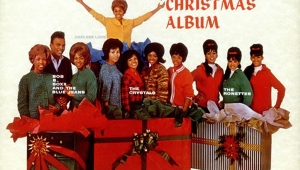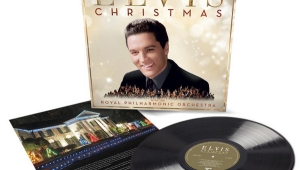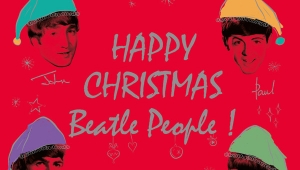| Columns Retired Columns & Blogs |
Waxman did many such lyrical, creative and engaging scores ... several, such as a personal fave "Sorry, Wrong Number" (1948), are not avail. on any format.
Other than the original score, carefully-arranged modern re-recordings can often be better than the orig film soundtrack recording (reasons for this include: better, more-modern engineering; no time pressure to rush out the recording for film release; etc.)
Good examples of re-recording include Bernard Hermann -- Psycho [1996, Joel McNeely conducting the Royal Scottish National Orchestra] and Star Trek (original tv series; Royal Philharmonic Orchestra, 1985/6 re-recording).
For the Star Trek, they are digital recordings orig released on VINYL in mid 80's...
http://www.discogs.com/viewimages?release=1183242
